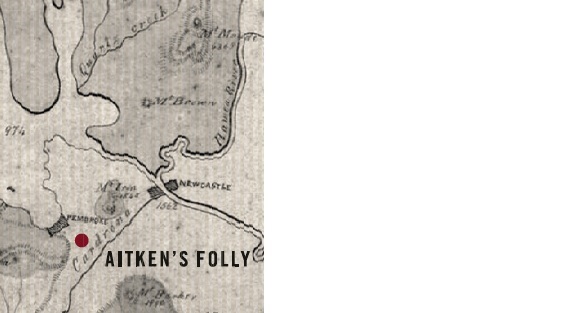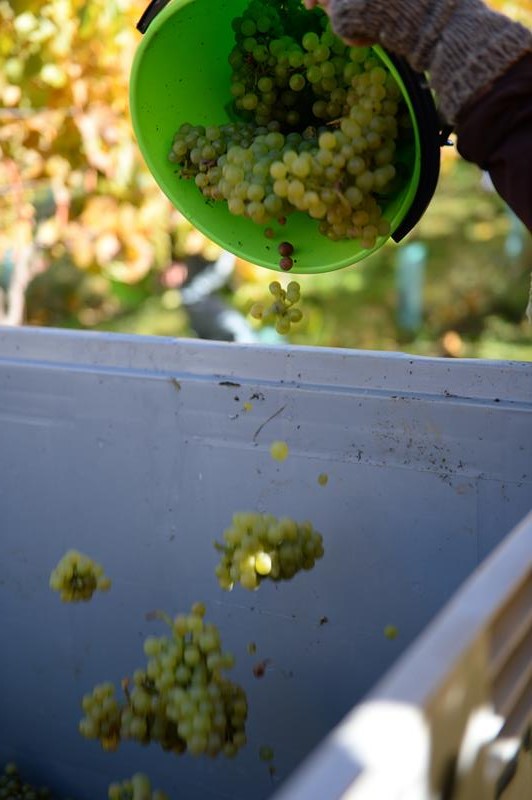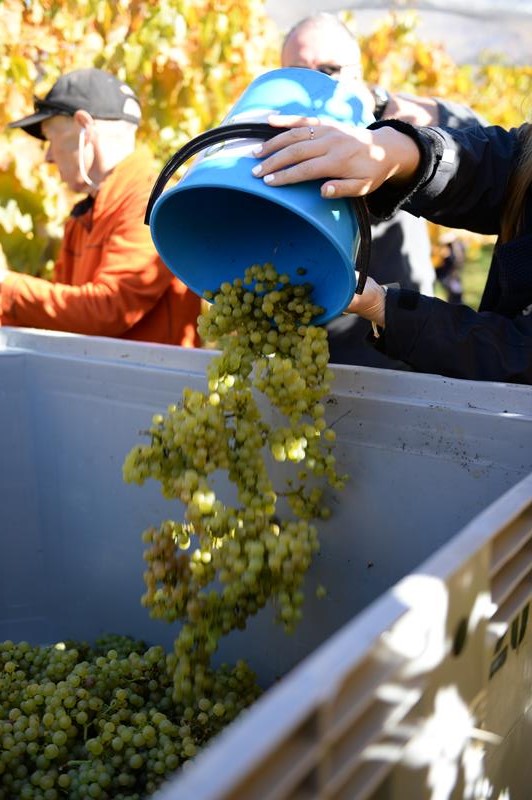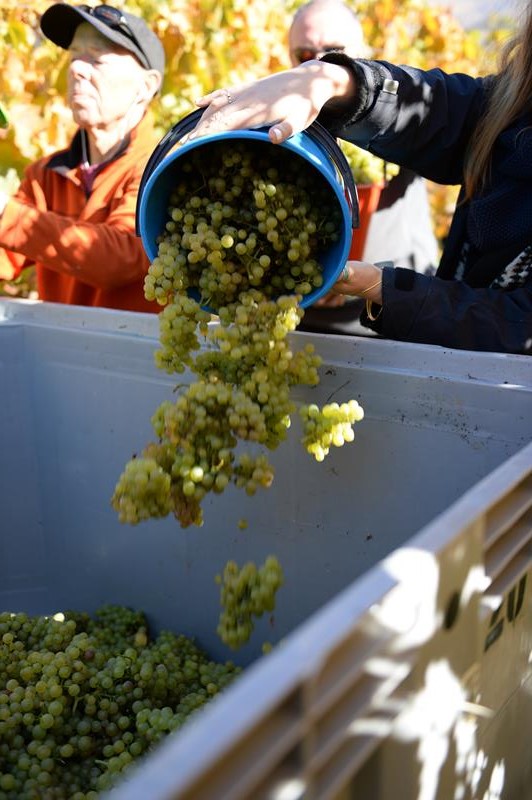
vineyard facts at a glance
Aitken's Folly (3.0 hectares)
Location: Wanaka, Central Otago, NZ
Grape: Pinot Noir and Chardonnay
Soil: Fluvial and glacial outwash channels,
ranging from sandy soils to cobble sized conglomerates
Exposure: Gently undulating
Pinot Noir: Mix of Abel, 667 and clone 5, cropping
at around 5 tonnes/Ha
Chardonnay: 100% clone 548, one of the great
Corton Charlemagne clones and the only wine in NZ to be made purely
from it
Age: Planted 2009
History: Named after an ex colleague of Fiona
suggested that what we were about to do amounted to a foolish move,
a Folly by any other name
Style: There is an acceptance that each vintage
will be different due to seasonal climate variations and developing
vines - these natural variations overprint a fruit
driven palette of flavours, producing wines which
honour both the unique terroir and vine origins
What The Map Means: The map reflects both where
we are now and where we come from. The snapshot is after the first
ever geological map of Otago, drawn by a Scottish geologist, James
Hector in 1864 and contains both where we live now (Pembroke, or
Wanaka) and where we originally came from, Newcastle. In our minds
it neatly ties up our past and present, England, Scotland and New
Zealand, with a little geology thrown in for good
measure
Ours is a small 3ha vineyard on the outskirts of Wanaka, Central Otago. The vines were planted in 2009 on a relatively flat site. Row spacing is 2.4m and vine spacing 1.5m giving a total of 2500 vines/ha. One quarter of the vineyard is planted in Chardonnay clone 548, one of the fantastic chardonnay clones which made Corton Charlemagne great. These vines occupy the southeastern corner of the site in probably the warmest corner of the vineyard. The remaining 5400 vines are evenly split between the Pinot Noir clones Abel, 667 and 5. The vineyard has been managed sustainably since planting and our ethos is to move towards organic growing and carbon neutrality with time, with CarboNZero certification the first in our sights. The soils are young in geological terms and reflect their very recent deposition by glacial rivers and streams. Even on such a small, visually similar site, we see variable concentrations of river pebbles and stones, all of which affect the soils water holding capacity and hence vine growth and give variablity to the grapes.





Copyright ©2011, All other marks are the property of their respective owners.